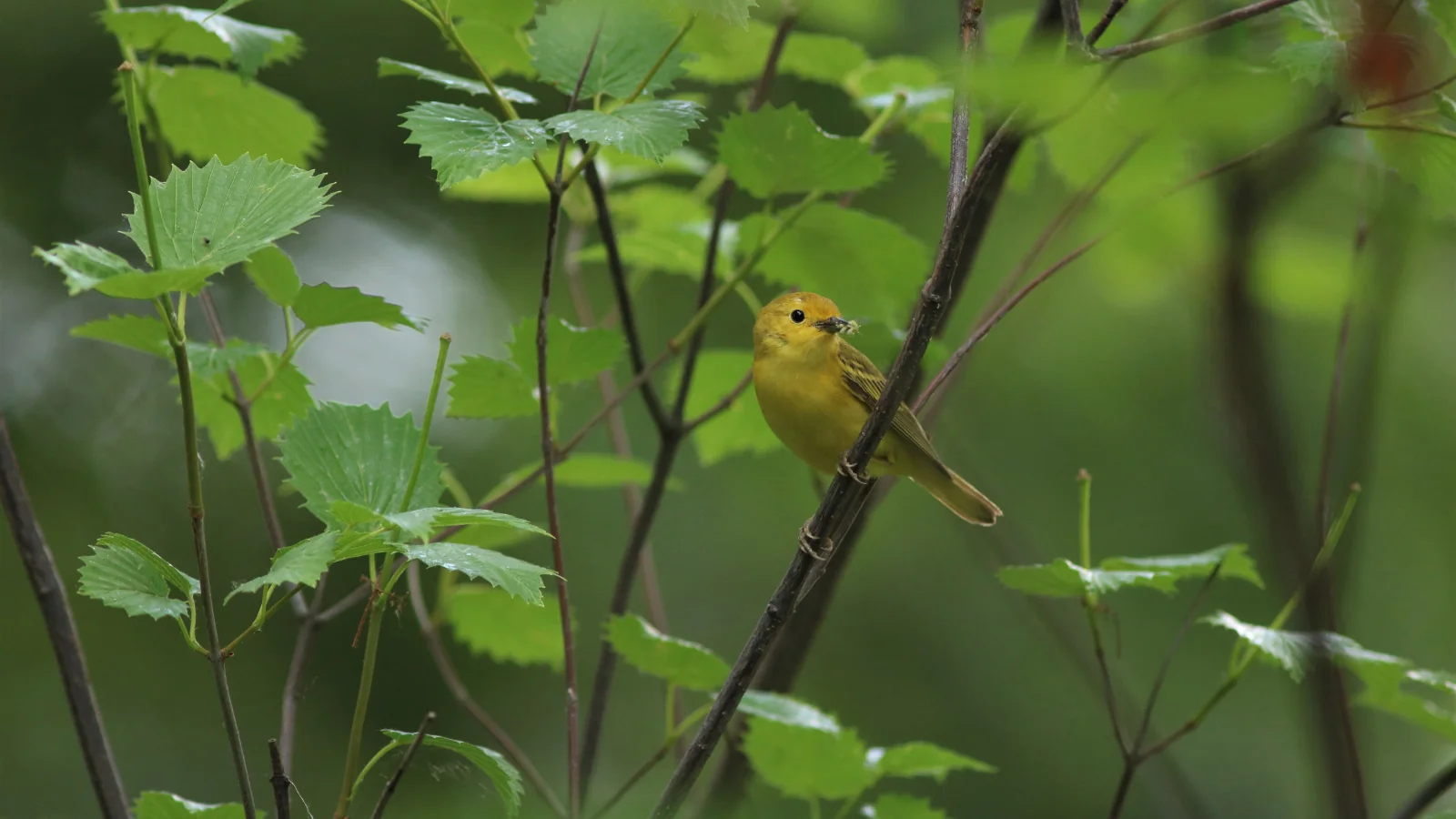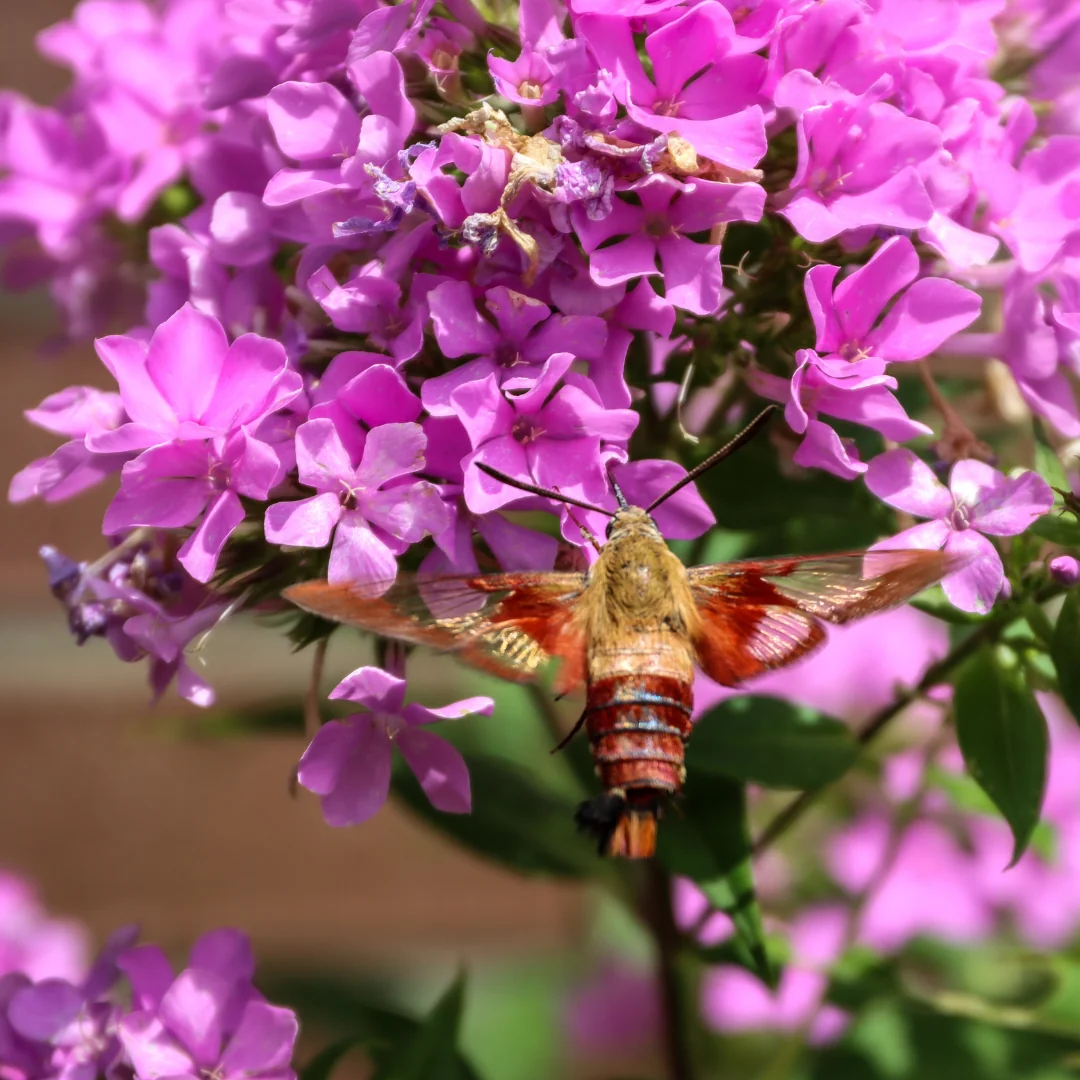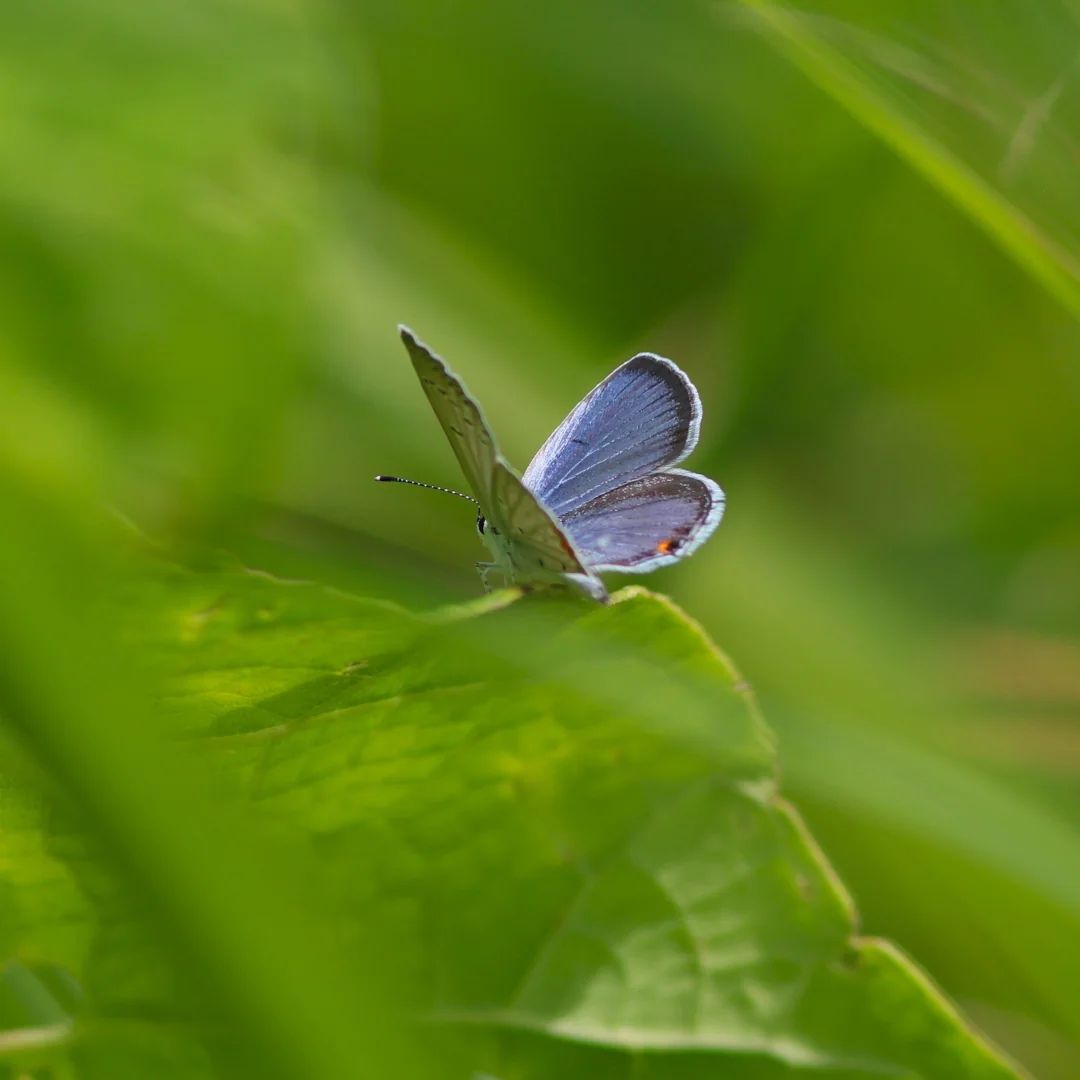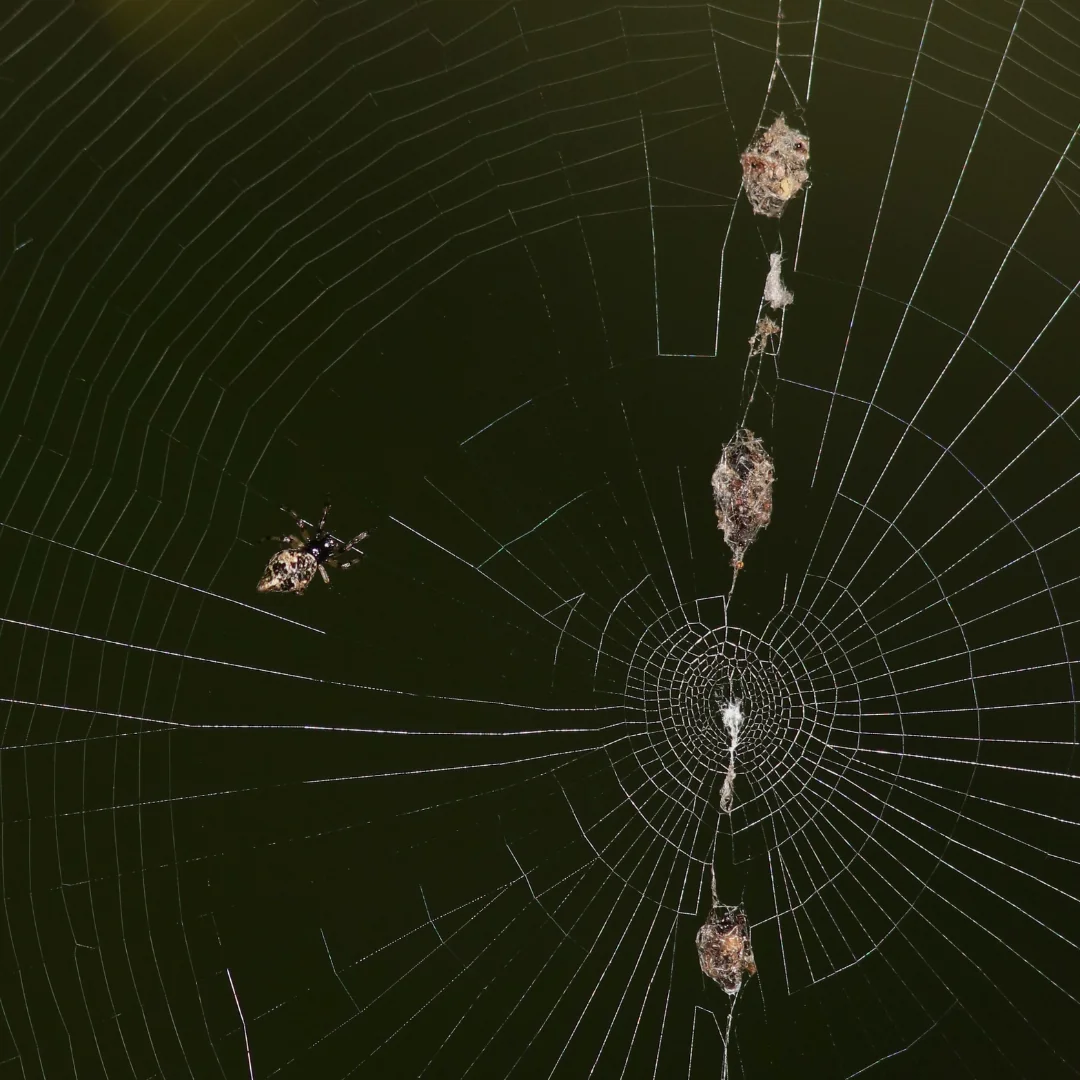-
Menu
- Plan Your Visit
- Meet The Animals
- Check Out Events
- Memberships
- About The Zoo
- Support the Zoo
- Conservation
- Education
- Groups & Private Events
- Zoo News
- Contact
- Zoo Store
- Indianapolis Prize
- Global Center for Species Survival
- Schedule
- Donate
- Membership
- Tickets

- Plan Your Visit
- Meet The Animals
- Check Out Events
- Memberships
- About The Zoo
- Support the Zoo
- Conservation
- Education
- Groups & Private Events
- Zoo News
- Contact
- Zoo Store
- Indianapolis Prize
- Global Center for Species Survival

City Nature Challenge
April 25-27, 2025
You Can Help Contribute to Community Science With the City Nature Challenge
April 25 marks the start of the City Nature Challenge, in which more than 600 cities around the world, including Indianapolis, collaborate to share observations of nature using the iNaturalist platform.
To celebrate, we encourage you to make a trip to the Indianapolis Zoo, which is home to more than 1,500 animals and 46,500 plants. However, that number only applies to species we care for directly; far more species are native residents or seasonal visitors to the Zoo grounds. From squirrels and sparrows to frogs and flowers—there’s always something new to discover on our sprawling, 64-acre property, which includes the White River Gardens.

(Hemaris thysbe) IUCN Red List - Not Evaluated

(Celastrina neglecta) IUCN Red List - Not Evaluated

(Cyclosa sp.) IUCN Red List - Not Evaluated
Before your visit, make sure you download iNaturalist and create an account. iNaturalist is a free, user-friendly app that makes it easy to record your observations of the natural world. Simply take a picture with your smart phone, upload it to iNaturalist, then share the location where you made the observation. iNaturalist uses advanced AI to help identify the species. Plus, thousands of scientists use the app! Not only will they interact with the content you share—verifying the species and possibly asking questions—but they use your observations to improve our understanding of species distribution and ecosystem health. This is what’s known as community science.
Staff and volunteers at the Indianapolis Zoo use the app as well. Part of being a conservation leader involves leveraging the collective power of our Zoo visitors. That’s why we created our own iNaturalist project. iNaturalist encourages people to not just LOOK at the world around them, but to SEE what species there are and how they use the spaces we create, count on and explore ourselves. Your curiosity helps fuel a local-to-international pipeline of information that is highly valued among conservation scientists.
We recognize that not everyone can care for threatened species in a hands-on manner, but by taking a photo of a monarch caterpillar feeding on milkweed in the White River Gardens, you can contribute to the species’ conservation. To date, visitors, staff and volunteers have contributed more than 4,000 observations of more than 1,400 wild species on Zoo grounds. Knowing which species call our Zoo home is the first step in ensuring their future, and we invite you to join us in protecting them.
We encourage you to participate in the upcoming City Nature Challenge, this Friday through Sunday, by contributing to the Indianapolis Zoo’s iNaturalist Project.
Learn More:
Indianapolis Zoo iNaturalist Project
This blog was a collaboration between experts at the Indianapolis Zoo. All the photos in this post were captured in our White River Gardens by Joseph Attaway—a member of our horticulture staff.
